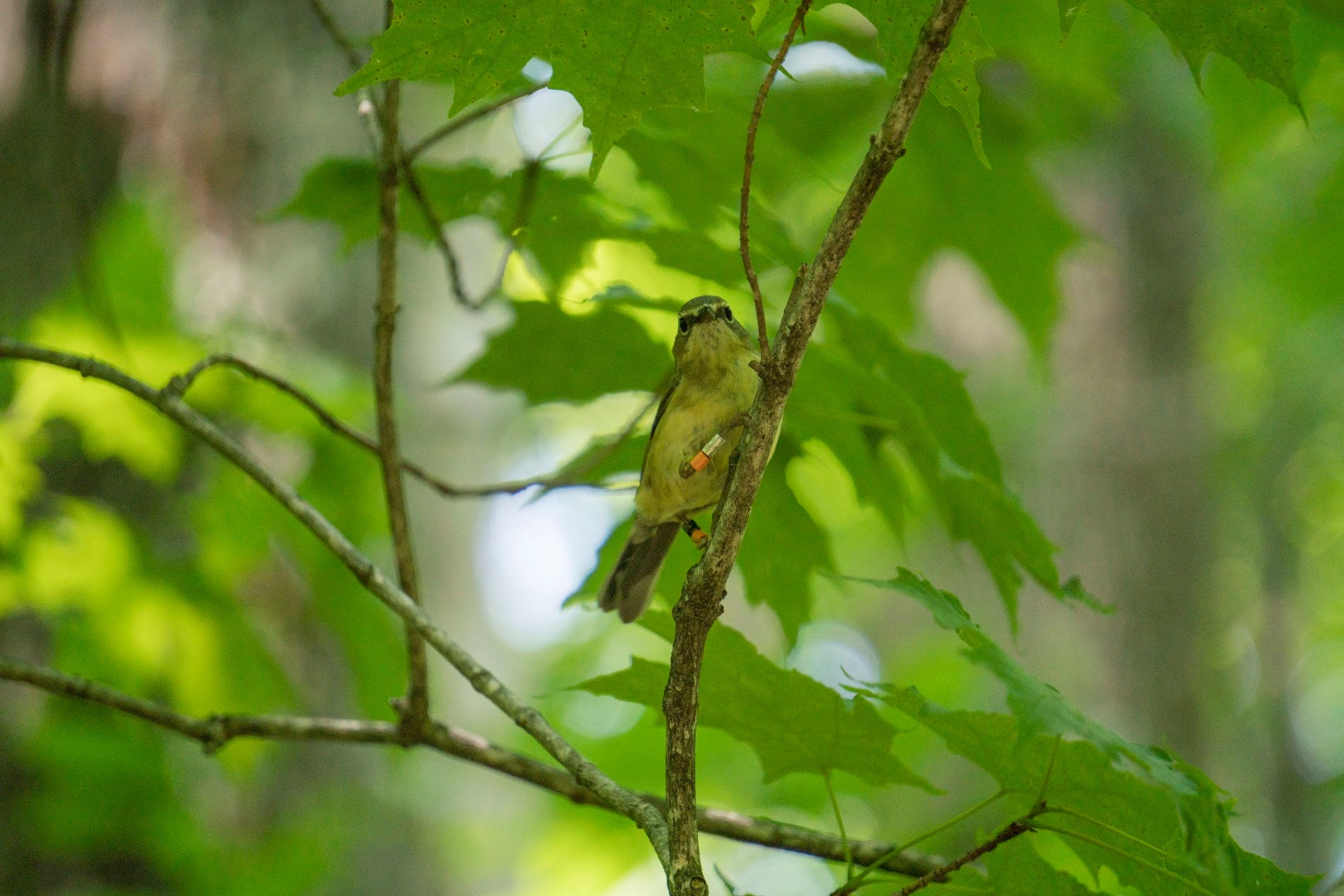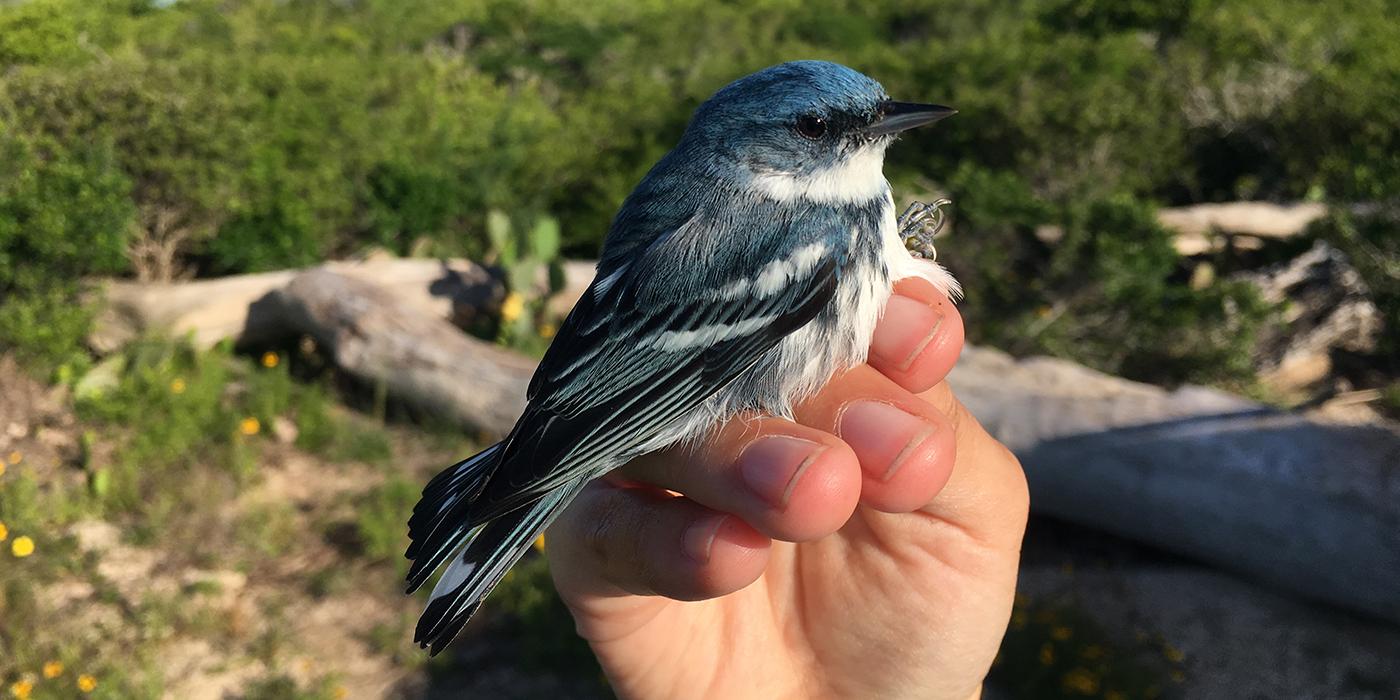A Season of the (Warbler) Blues: An Update from the Hubbard Brook Experimental Forest

Smithsonian Migratory Bird Center researchers have studied black-throated blue warblers at the Hubbard Brook Experimental Forest in New Hampshire for decades. This forest was set aside by the United States Forest Service in 1963 to serve as a laboratory for ecological research, allowing scientists to study the air, water, soil, plants and animals that make up a forest ecosystem.
By studying warblers at Hubbard Brook, SMBC scientists can add to the network of long-term ecological data collected in the experimental forest. Black-throated blue warblers are an ideal species to study, because they are still common in much of their range. They also build nests in low shrubs, so researchers can easily monitor their entire nesting process.

What they learn from the black-throated blue warbler helps them better understand the ecology of other warblers — many of which are difficult to study and declining for reasons researchers don’t fully understand. With this goal in mind, a crew of scientists and technicians returns to Hubbard Brook every spring and summer to monitor the forest and the breeding birds.
This year, researchers witnessed a particularly interesting and unusual breeding season at Hubbard Brook. The breeding season is energetically demanding for warblers. Adults maintain territories, build nests, lay eggs and care for their newly hatched young. Warblers and their nestlings depend on caterpillars for food. But May at Hubbard Brook was persistently cool and rainy, and the cold conditions meant caterpillars emerged later than usual.
Because of the caterpillars’ delay, the first black-throated blue warblers didn’t fledge (or leave the nest) until the last week of June — about two weeks later than normal. Warblers can struggle to breed successfully when there aren’t enough caterpillars to eat. Luckily, temperatures warmed dramatically in June. Caterpillars became plentiful, especially in the late summer.
So despite the slow start, the warblers had an exceptional breeding season. Some pairs continued to breed well into August, though their breeding season would normally end in July. Most successfully reared one full brood of chicks. And thanks to abundant food, some even fledged two broods.

Researchers also started a new tracking study this year, led by Ph.D. candidate Alicia Brunner. They attached miniature radio tracking tags to 20 black-throated blue warblers and installed four radio towers in the Hubbard Brook valley.
The towers, part of the MOTUS network, will allow researchers to determine when the 20 tagged warblers leave the forest and start their fall migration. MOTUS towers throughout the eastern U.S. should also detect these birds as they migrate south to the Caribbean for the winter.


